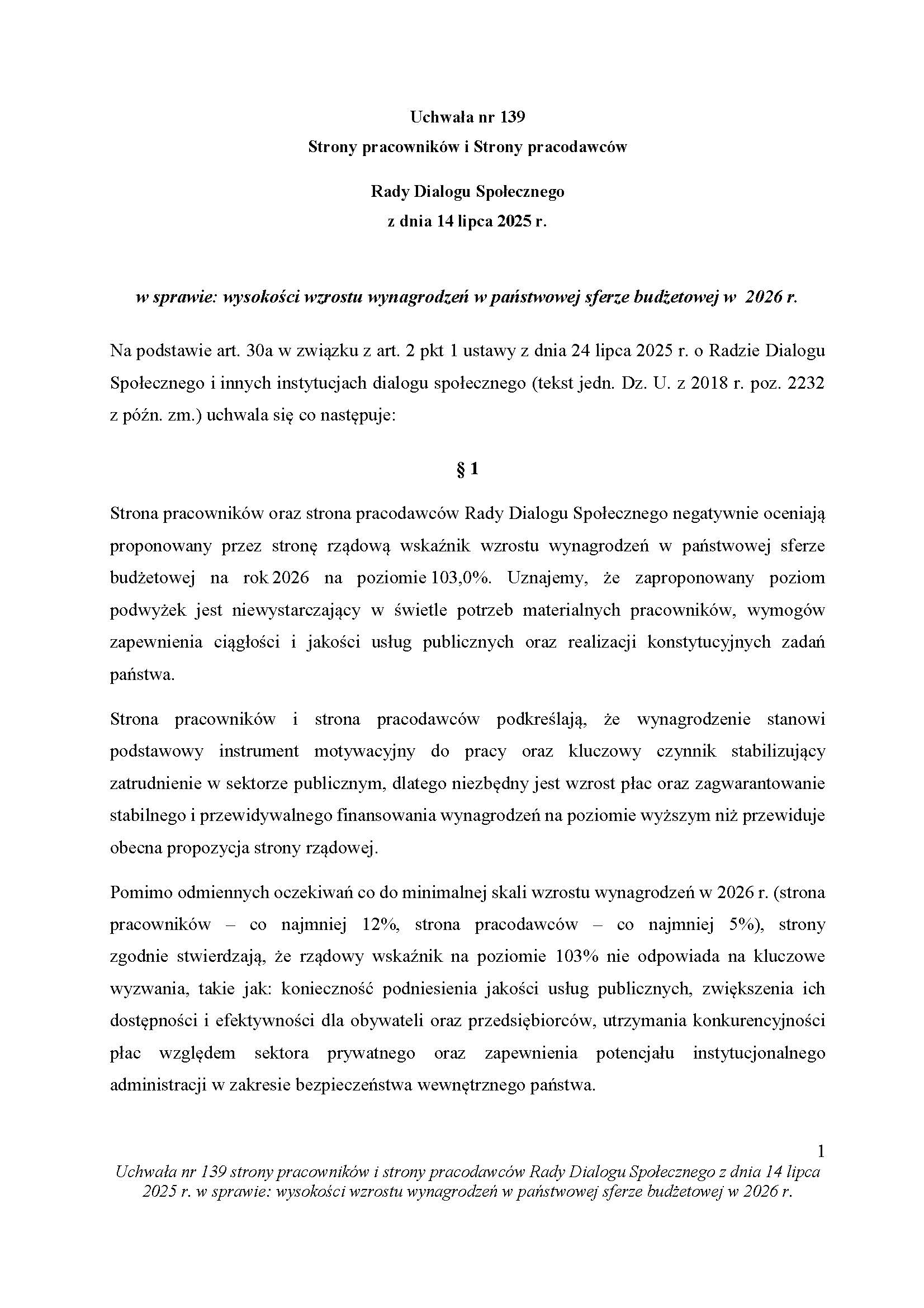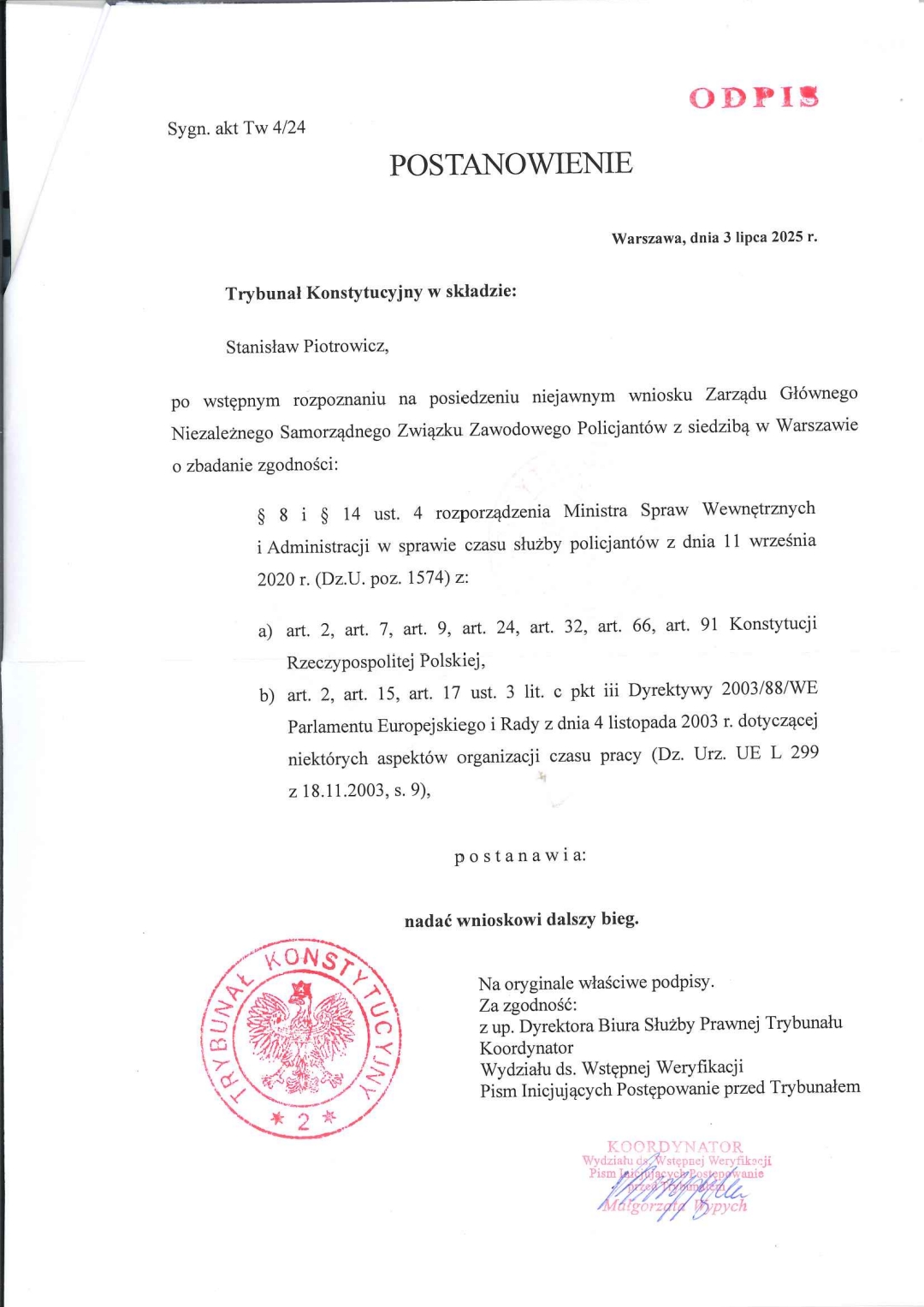
SINGAPORE- One of the best carriers in the world, Singapore Airlines Group (SQ), reported a 58.8% year-on-year decline in net profit to S$186million for the first quarter ended 30 June 2025, despite a modest 1.5% increase in total revenue. Operating from Changi Airport (SIN), the group includes Singapore Airlines and its low-cost carrier, Scoot (TR).
The sharp drop in profit was driven by a combination of lower interest income, share of losses from associates like Air India (AI), and challenging market conditions. Nevertheless, both Singapore Airlines and Scoot achieved all-time high passenger numbers, highlighting continued robust demand.
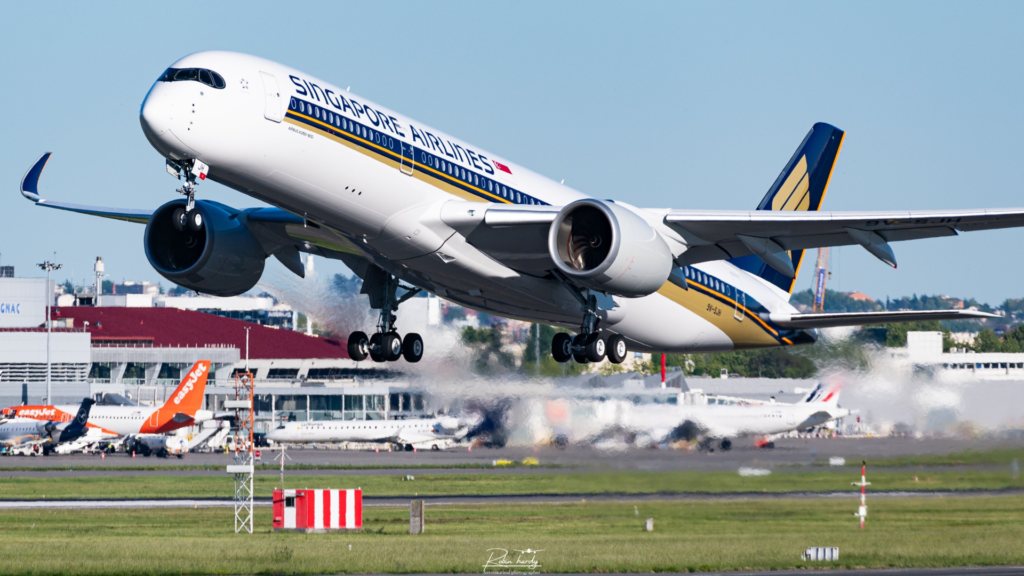 Photo: Robin HARDY
Photo: Robin HARDYSingapore Airlines Profit Declines
The SIA Group’s total revenue for Q1 FY2025/26 rose to S$4.79billion, up from S$4.72billion a year earlier. The Group’s operating profit, however, slipped 13.8% to S$405million. While air travel demand stayed strong and SIA Group achieved record passenger volumes, profit was significantly impacted by:
- Lower interest income due to reduced cash balances and recent interest rate cuts.
- A S$122million swing from profit to loss from associated companies (notably Air India).
- Lower passenger yields as competitors increased capacity, leading to fare pressure.
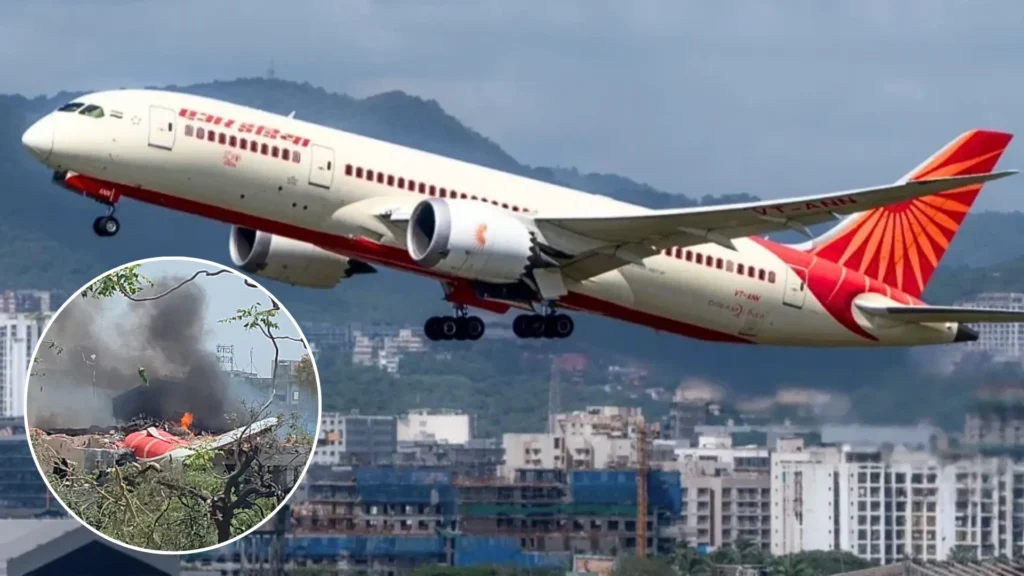 Photo: Siddh Dhuri, Compounded by Aviation A2Z
Photo: Siddh Dhuri, Compounded by Aviation A2ZImpact of Air India’s Financial Performance
SIA Group began equity accounting for Air India’s results in December 2024 following the full integration of Vistara (previously IATA Code: UK) into Air India.
For this quarter, Air India’s losses directly impacted SIA’s consolidated results, contributing to the sharp fall in net profit compared to the same quarter last year.
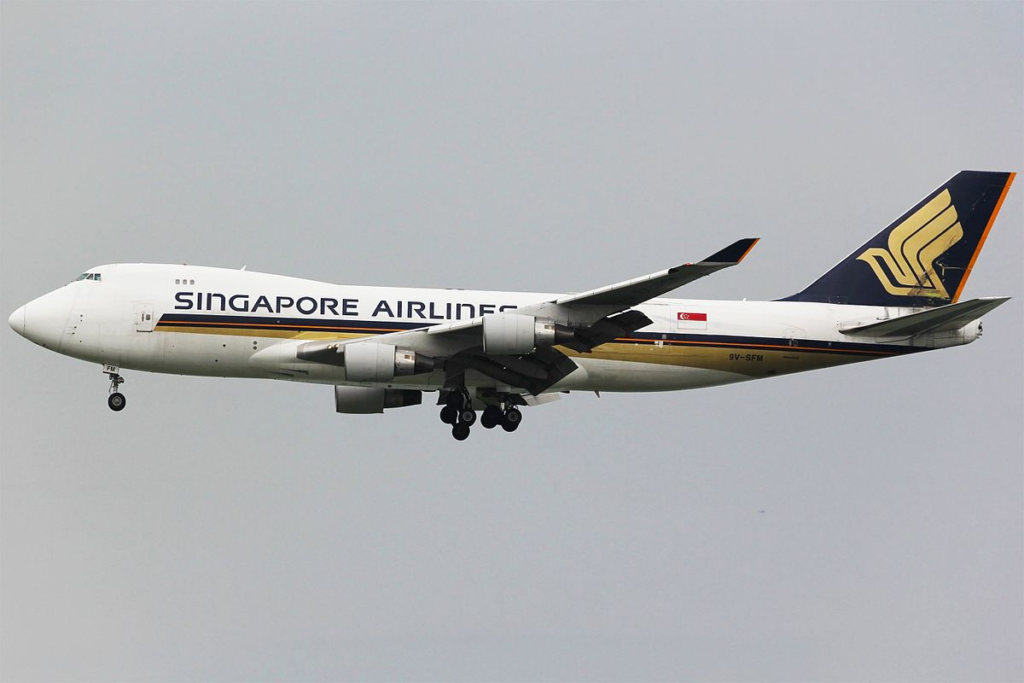 Photo: Singapore Airlines Cargo Boeing 747-412F(SCD) 9V-SFM,
Photo: Singapore Airlines Cargo Boeing 747-412F(SCD) 9V-SFM,By Afpwong – Own work, CC BY-SA 4.0, https://commons.wikimedia.org/w/index.php?curid=44349115
Robust Passenger Growth, Softer Cargo Market
Singapore Airlines and Scoot together carried a record 10.27million passengers (+6.9% YoY) in Q1 FY2025/26. SIA carried 6.82million passengers while Scoot served 3.45million passengers, achieving high load factors of 86.6% and 91.5%, respectively. Group passenger load factor edged up to 87.6%.
Passenger yields fell 2.9% to 10.0cents per revenue passenger-kilometre across the Group. This reflected intense industry-wide competition as more airlines added capacity, even as overall demand remained high.
The cargo segment faced headwinds, with flown revenue down 1.9% and cargo yields declining 4.4%. The cargo load factor slipped to 56.9% as capacity growth outpaced cargo demand.
Financial Position and Liquidity
Despite lower quarterly profit, SIA Group’s balance sheet remains strong:
- Shareholder equity reached S$15.8billion (up S$0.1billion from March 2025).
- Total debt fell to S$11.5billion.
- Cash and bank balances stood at S$7.8billion, slightly down due to loan repayments and capital spending.
- Debt-equity ratio improved to 0.73.
- The group maintains access to S$3.3billion in undrawn committed credit lines for added liquidity.
Convertible bonds issued in December 2020 continued to be converted, with S$235million converted into shares this quarter. S$615million in convertible bonds remain outstanding.
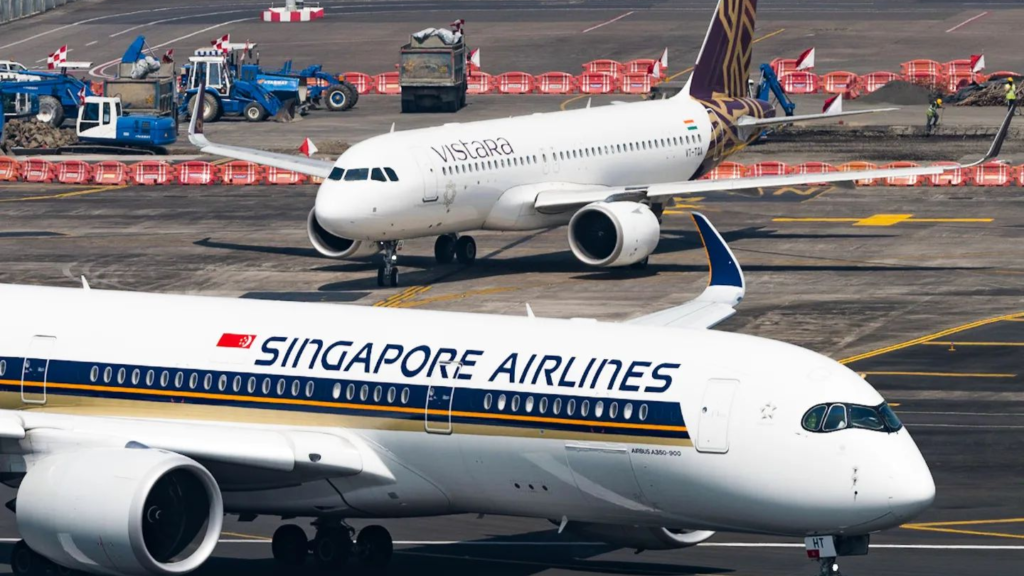 Photo: Siddh Dhuri | MumbaiPlanes
Photo: Siddh Dhuri | MumbaiPlanesFleet, Network, and Strategic Initiatives
As of June 2025, the SIA Group operated 204 aircraft (197 passenger, 7 freighters) with an average age of just under eight years, and has 72 new aircraft on order.
Recent route additions include Iloilo City (ILO) in the Philippines and Vienna (VIE) in Austria for Scoot. The group’s passenger network now covers 129 destinations in 37 countries.
In response to the closure of Jetstar Asia (31 July 2025), SIA Group is increasing capacity to Asia destinations including Malaysia, the Philippines, Sri Lanka, and Thailand, and Scoot will launch new destinations such as Da Nang (DAD), Kota Bharu (KBR), and Nha Trang (CXR).
The group signed new agreements with Neste and World Energy to acquire sustainable aviation fuel (SAF), furthering its decarbonisation efforts and targeting over 9,500 tonnes of CO₂ reductions.
 Photo: Singapore Airlines
Photo: Singapore AirlinesIndustry Outlook and Strategic Partnerships
Travel demand remains robust for the second quarter of FY2025/26 due to the typical summer peak. However, SIA Group acknowledges ongoing volatility driven by geopolitical uncertainties, macroeconomic fluctuations, increased industry capacity, and persistent supply chain constraints.
SIA Group maintains a forward-focused strategy grounded in financial discipline, operational excellence, and continued investment in high-demand growth markets, notably India, where it holds a 25.1% stake in Air India.
The recently announced commercial joint venture with Malaysia Airlines (MH) is also expected to strengthen the group’s Southeast Asia network, subject to regulatory approval.
Supporting Details: Operating and Financial Highlights
- Total revenue: S$4.79billion (+1.5% YoY)
- Net profit: S$186million (-58.8% YoY)
- Operating profit: S$405million (-13.8% YoY)
- Group passenger load factor: 87.6%
- Group cargo yield: 34.5cents/ltk
- Shareholder equity: S$15.8billion
- Net cash from operations: S$1.2billion generated in the quarter
- Average fleet age: 7 years 9 months
- Scoot network expansion: Added Iloilo (ILO) and Vienna (VIE); new destinations on the horizon
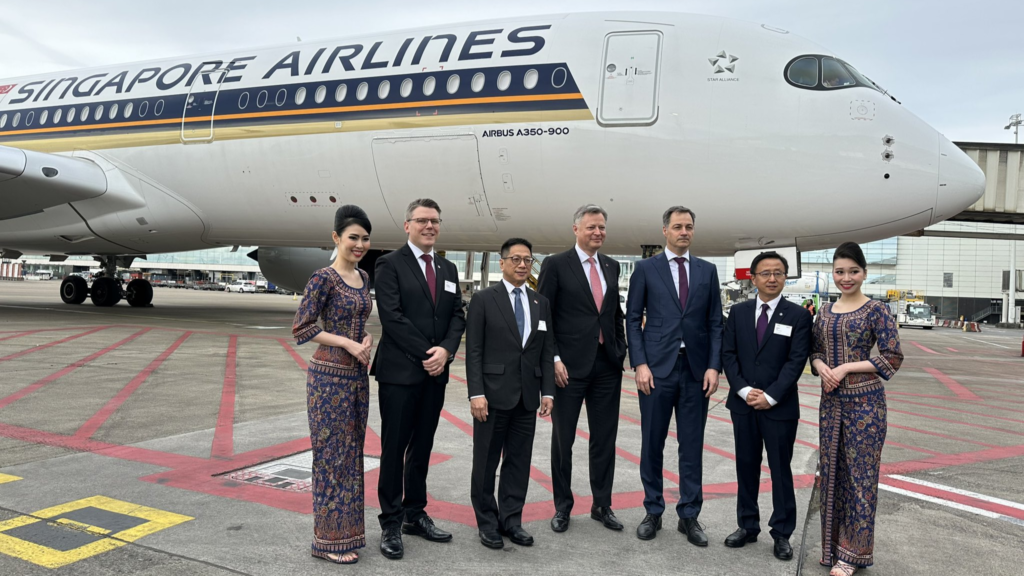 Photo: Brussels Airport
Photo: Brussels AirportBottom Line
Singapore Airlines Group remains resilient amid a challenging business environment, with strong passenger performance balancing profit headwinds from lower yields, higher non-fuel costs, and losses of associated companies like Air India.
Backed by a healthy balance sheet, an expanding international network, and robust liquidity, the Group is well-positioned to pursue growth and navigate future uncertainties.
Stay tuned with us. Further, follow us on social media for the latest updates.
Join us on Telegram Group for the Latest Aviation Updates. Subsequently, follow us on Google News
Inside Longest Flight in the World: 18-Hours Aboard Singapore Airlines
The post Singapore Airlines Profit Declines by 59% Amid Air India Crash, More Reasons appeared first on Aviation A2Z.












